For tasks both big and small, wire mesh screens are an ideal way to get the job done. Versatile and adaptable, these meshes come in a range of sizes, making them an optimal choice for a variety of applications, be they industrial or domestic. Knowing the task at hand is key to deciding which wire mesh screen is right for you.
When it comes to wire mesh screens, the options are plentiful. Available in an array of sizes and crafted out of numerous materials, each variation has unique traits that define its cost, strength, and long-term durability. Whether you’re looking for something tiny or something extra-large, you’re sure to find the perfect fit.
When searching for the ideal wire mesh screen, one must take into consideration the particular size, sort, and use of the mesh. Tiny meshes tend to be utilized for filtration purposes, while large meshes are usually found in industrial settings for security and precautionary measures.
The size of meshes is generally determined by the mesh opening size (MOS). The MOS is the gap between the two nearest points, and is typically articulated in millimeters or microns. As the MOS of a particular mesh grows, so does the expanse it provides for air or water to pass through.
For applications such as filtration and sieving, choosing a mesh size as small as 2mm may be necessary. However, for scenarios that demand increased security or safety measures, selecting a size as large as 500mm can be more appropriate. Indeed, the bigger the mesh size, the easier it is for air or water to pass through without any obstruction.
Mesh wire screens of varying sizes are constructed from a variety of materials, ranging from steel and galvanized steel – suitable materials for heavy-duty projects – down to aluminum and stainless steel which cater to lighter uses.
Choosing the correct mesh size for your project depends on its intended function. To build a sturdy fence, you may require a larger mesh size than if you’re utilizing the screen for sifting or filtration. The material of the mesh is also an essential factor when selecting the right size for your particular task; for example, a sturdier material like steel, galvanized steel perhaps, will be suitable for constructing a fence, while aluminum or stainless steel might be adequate for sieving or filtration.
When deciding on a wire mesh screen, several factors need to be taken into account: size, type, and purpose of the mesh. Coarser meshes work well for filtration and sieving, while finer meshes can provide secure barriers. The bigger the mesh’s openings, the less likely it is to impede the flow of air or liquid. Furthermore, the grade of material used affects its pricing, effectiveness and longevity.
When it comes to projects and use cases that range from commercial to domestic, wire mesh screens are an integral part of the equation. When selecting the appropriate size and material for your specific purpose, it is important to consider not only the size of the openings within the mesh but also its intended purpose. By choosing the correct wire mesh screen, you can guarantee that your project is completed to its fullest potential.
A multitude of industries use wire mesh screens of varying sizes, styles, and functions. Construction projects rely on them for walls, ceilings, and doors to contain and protect. Manufacturing facilities utilize these screens to separate goods and safeguard personnel. Wire mesh screens are specifically designed to fit any kind of application; no matter the size or purpose, there’s always a perfect wire mesh to suit the task.
Crafted from an amalgamation of metal wires carefully interwoven into a distinct pattern, wire mesh screens come in a variety of materials, predominantly stainless steel, galvanized steel, and alumium. The size of the mesh is determined by the measure of the individual wires used for the weaving, ranging from 0.023 inch (6.3 mm) all the way to 0.25 inch (6.3 mm).
Wire mesh panels are incredibly versatile – making them an essential asset to construction projects. Whether it’s to hold up a newly-installed ceiling, create a safe partition between rooms, or even fortify the windows and doors, the screens give extra durability in each of these areas. The holes in these wire barriers can be varied according to the purpose; larger meshes lend noise reduction while tighter weaves bring greater security. Thus, this essential material can be crafted to fit any project’s needs.
Mesh wiring is used in a variety of industrial locations, from production plants to storage spaces. Designed to restrict hazardous substances such as chemicals, and ensure the security of personnel, the mesh size used may vary depending on the purpose of its deployment. If containment is prioritized, larger mesh configurations are adopted while small-scale meshes are better suited to shielding personnel.
When it comes to residential use, wire mesh screens serve the purpose of protecting and keeping kids and animals secure. Installing a fence around the perimeter with a suitable mesh size is the go-to for containment. If desired, one can find some extra privacy or create distinct sections in the yard with similar screens. Depending on objectives, smaller or bigger mesh sizes will do the trick – larger networks ensure more seclusion whereas smaller ones can hold back pets and children quite adequately.
From conveyor systems to sieves and filters, wire mesh screens are incorporated into all sorts of equipment. Whether the aim is to block out large particles or separate smaller ones, the specific size of the mesh employed will determine the required outcome.
When deciding what wire mesh screen to choose, it is vital to understand which elements are required for your project, such as the effect you aim to create, the size of the mesh, and the material used. Through selecting a combination of these parameters, a robust and affordable wire mesh screen that satisfies your needs can easily be found – there are many diverse sizes and types out there for all kinds of applications!
Related Product
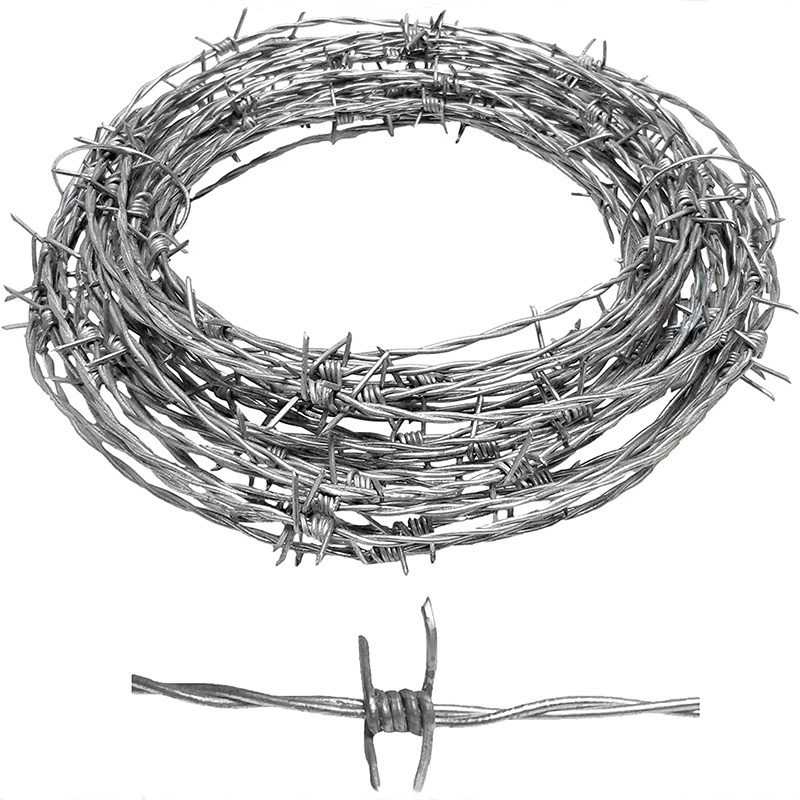
Barbed Wire
Product Information: Barbed Wire Material High quality low carbon steel wire, iron wire, etc. Category 1.Hot dipped galvanized 2.Electric galvanized 3.PVC coated Weving and Charact […]
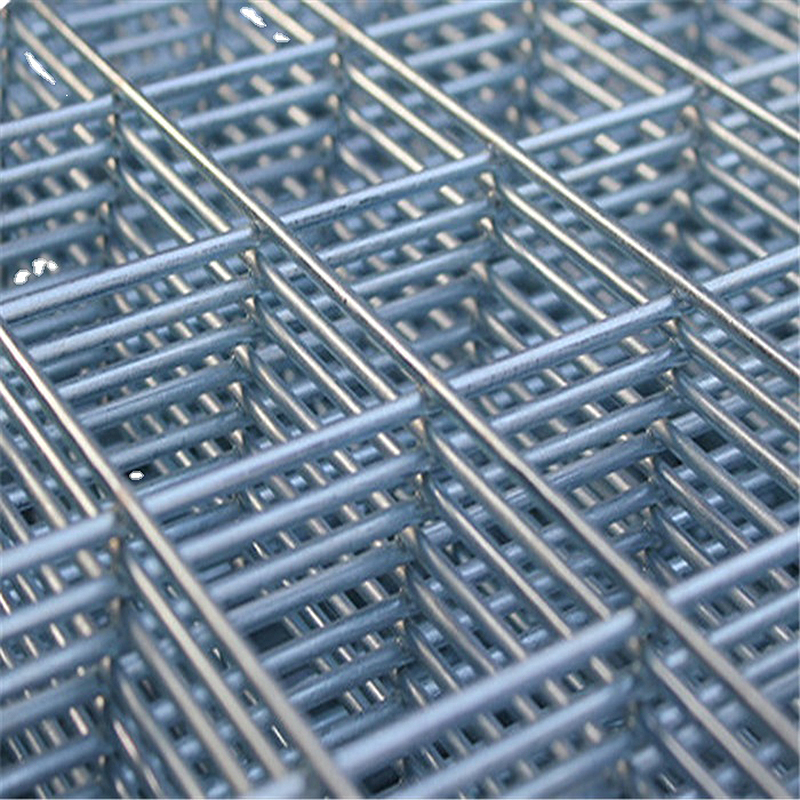
Welded Wire Mesh Panels
Product information: 1.Materials:Stainless steel wire, Low carbon steel wire, Galvanized wire 2.Style: (1)Electro or Hot dipped galvanized after or before welding; (2)Stainless ste […]
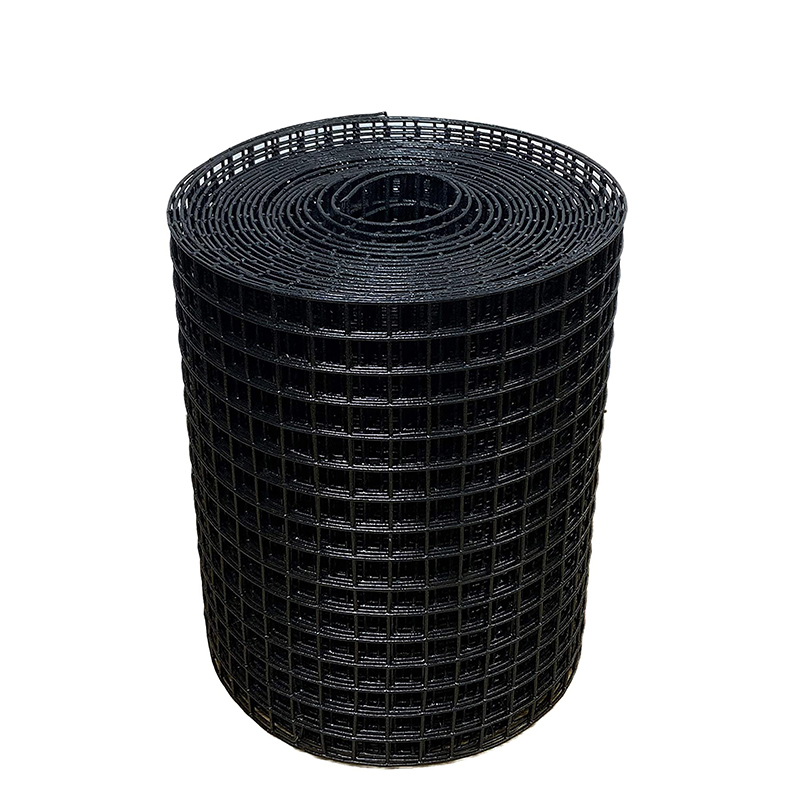
Pvc Coated Wire Mesh
Product information: PVC coated welded mesh Mesh size Wire diameter (in mm) Width&Length In inch In mm Before coating After coating Width:0.5m-2.0m Length:25m,30m […]
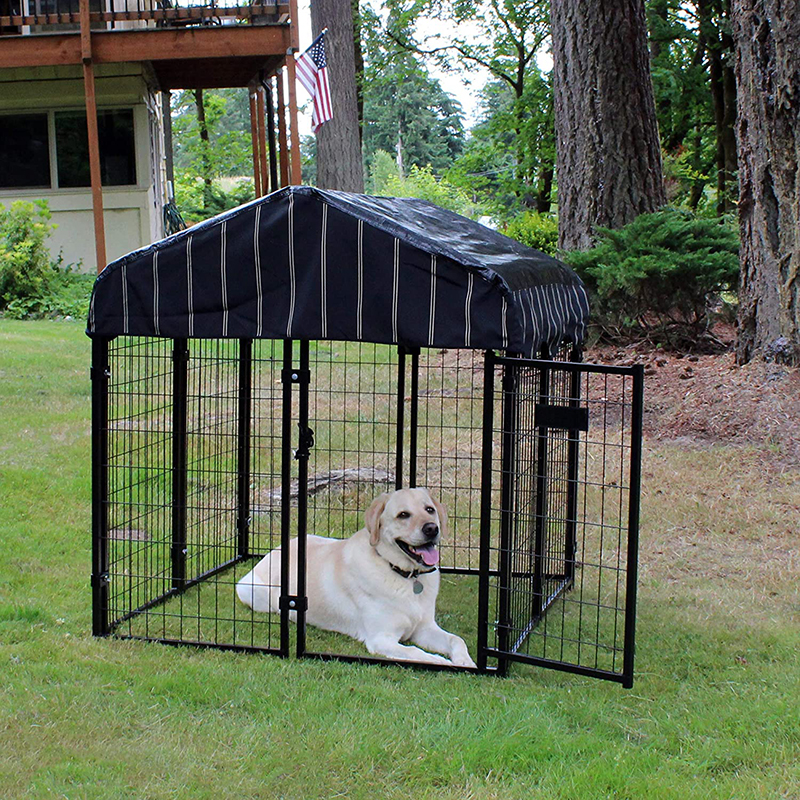
Dog Cage
Factory wholesale large metal multi functional dog cage kennel outdoor About the dog cage: * SAFE FOR DOGS – Our welded wire kennel offers safe protection for dogs of all siz […]
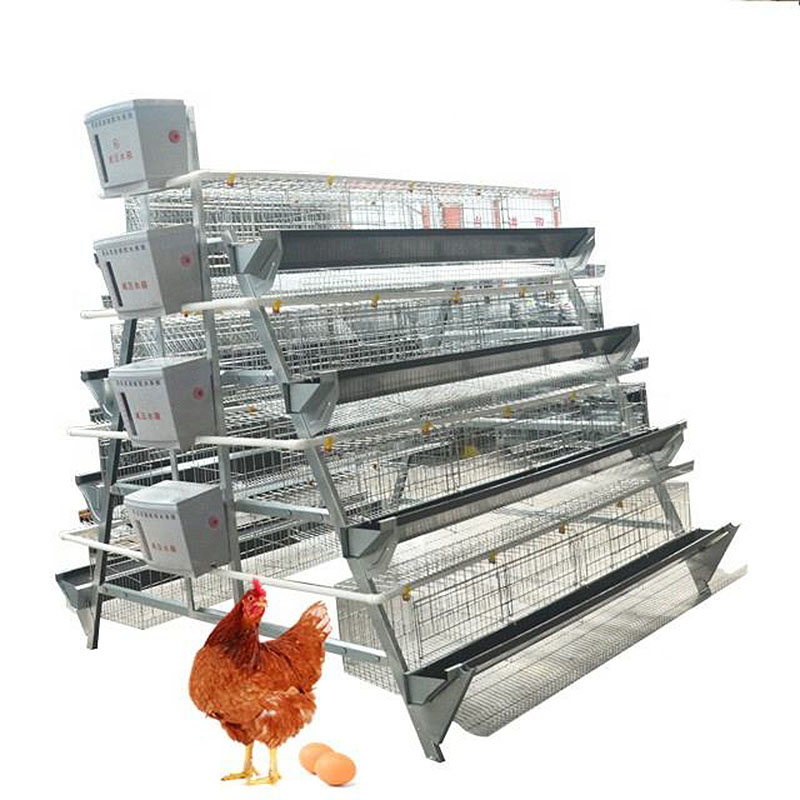
Chicken Cage
Product information: A type 3 tiers for 96-120 chickens Type A type, 3 tiers A type, 3 tiers A type, 3 tiers A type, 3 tiers Size per unit 1.88m*1.8m*1.6m 2.0m*1.8m*1.62m 2.2m*2.4m […]
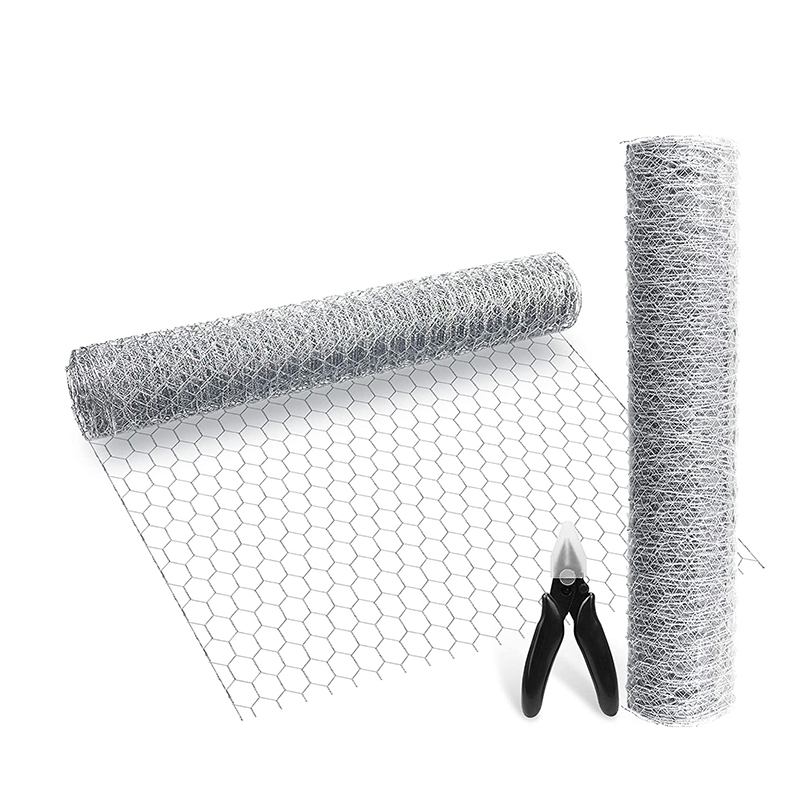
Hexagonal Wire Mesh
Product information: PVC Coated Hexagonal Wire Netting Mesh Wire Gauge (MM) Width Inch MM – – 1/2″ 13mm 0.6mm – 1.0mm 2′ – 2M 3/4″ 19mm 0. […]
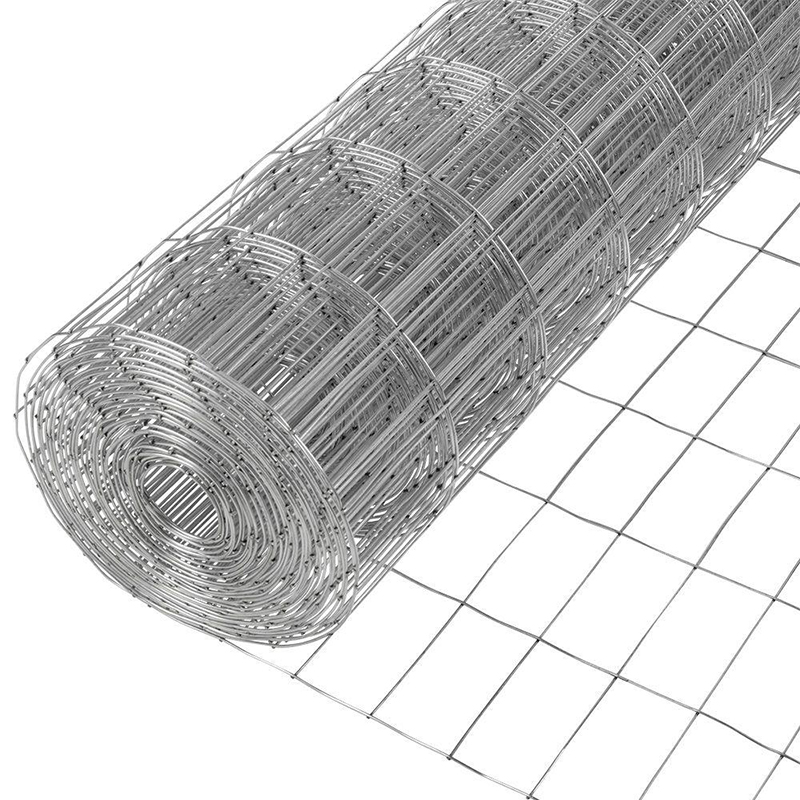
Welded Wire Mesh
Welded wire mesh is one popular materials in concrete, construction and industry. It is made of low carbon steel wire, stainless steel wire after welding and surface treating. Weld […]
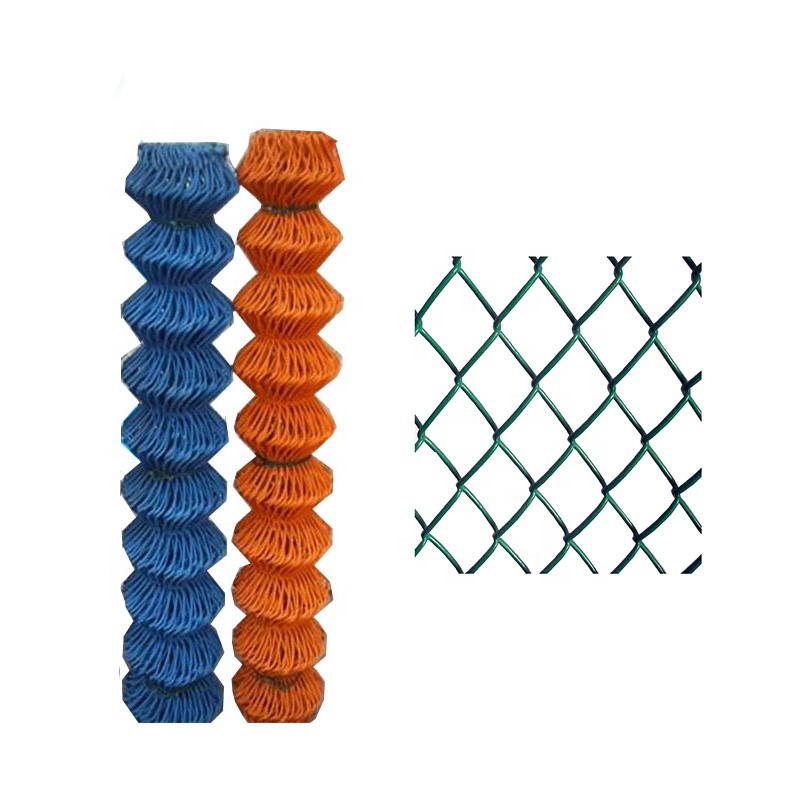
Chain Link Fence
Product information: Specification: Galvanized chain link fence Mesh Wire gauge Width Length 1″ BWG11,12,13,14 0.5-4m 0.5-25m 1-1/2″ BWG8,9,10,11,12,13 0.5-4m 0.5-25m 2 […]
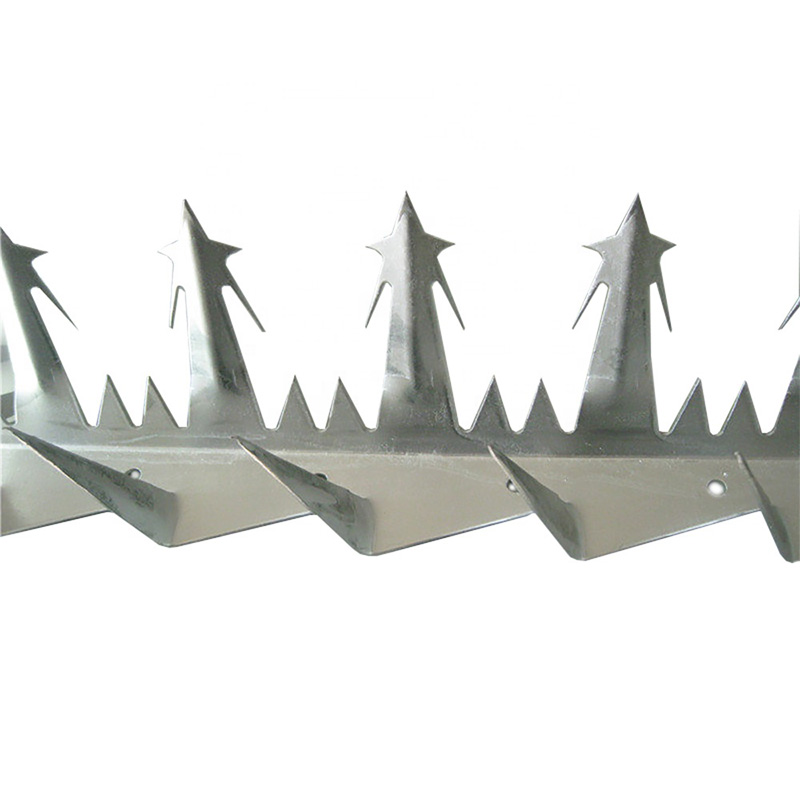
Anti Climb Wall Spikes
Product information: Big Sized Wall Spike Specification Type Big Sized Wall Spike A Big Sized Wall Spike B Model Number Anti-Climb wall Spikes Material HOT DIPPED GALVANIZED STAINL […]
Post time:2023-08-05

